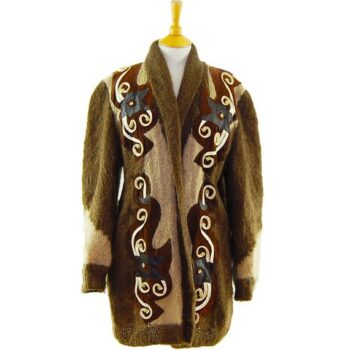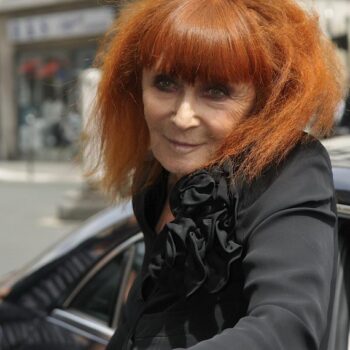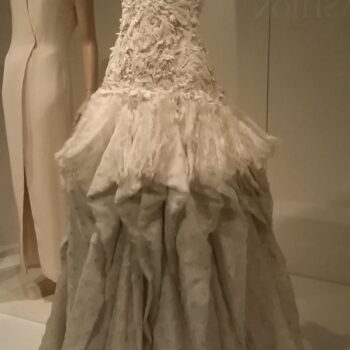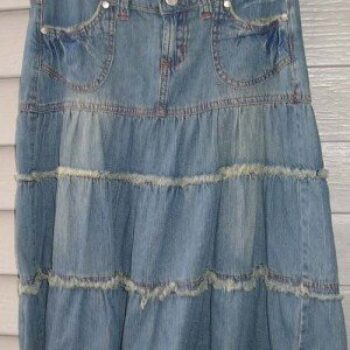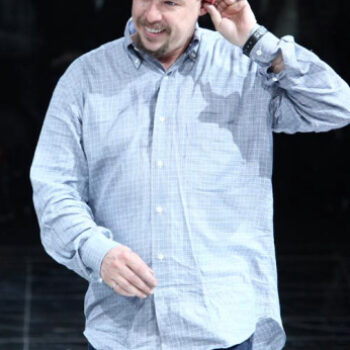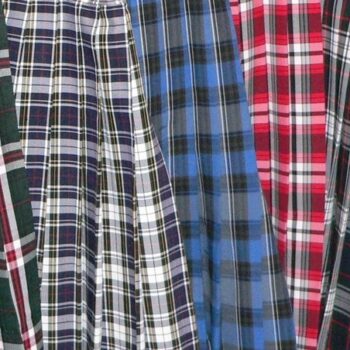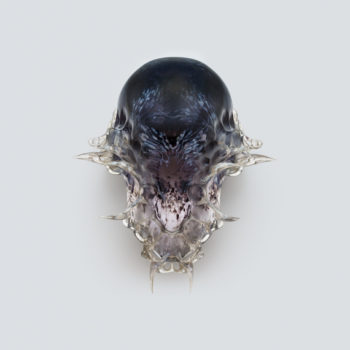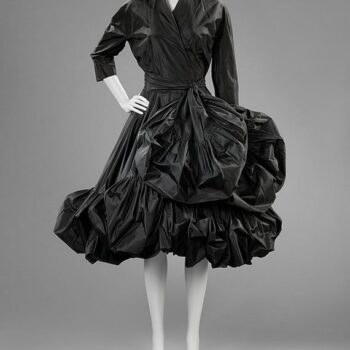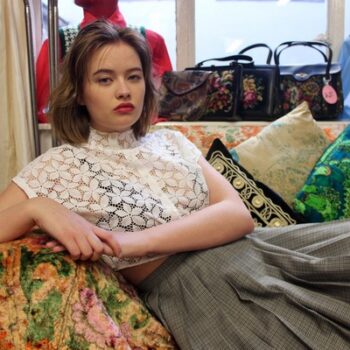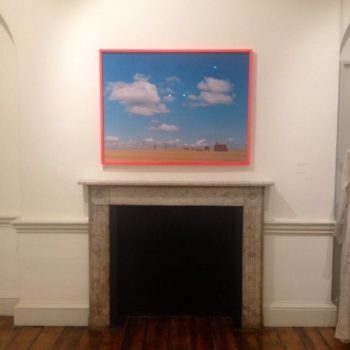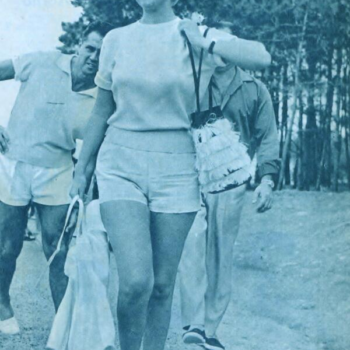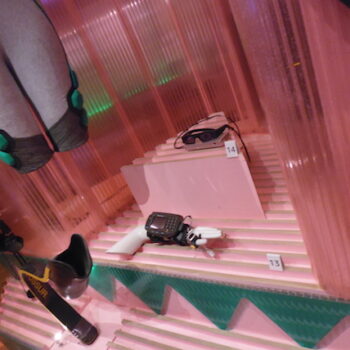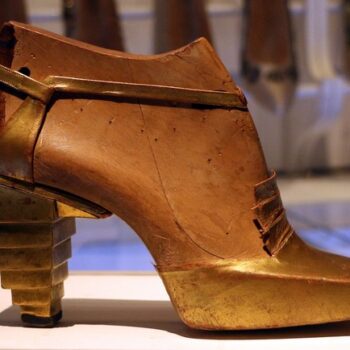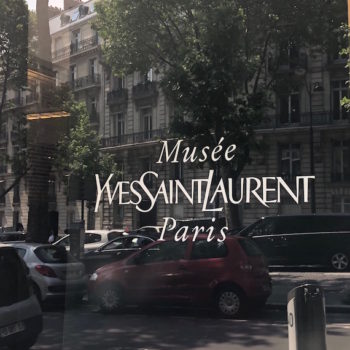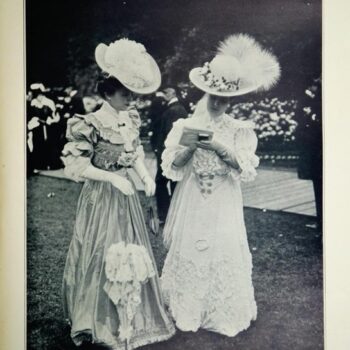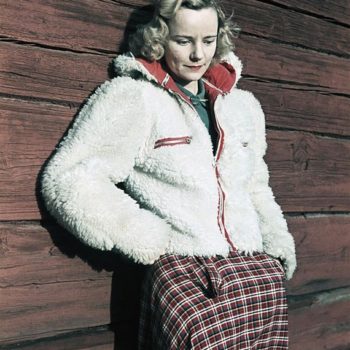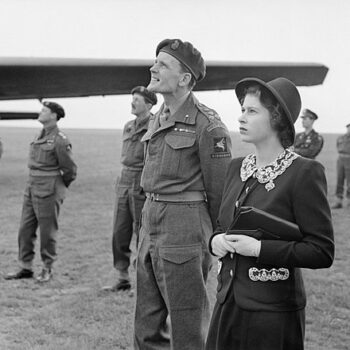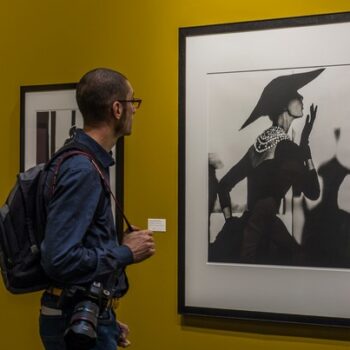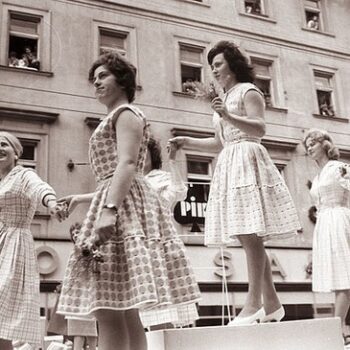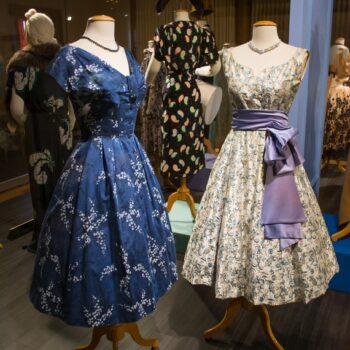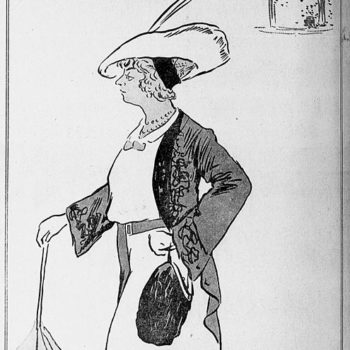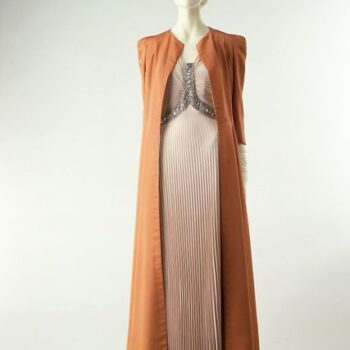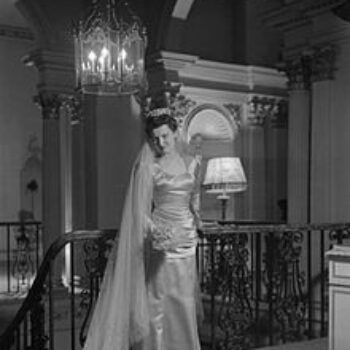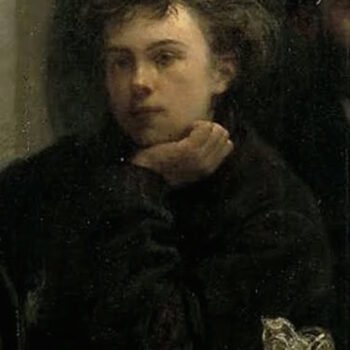Hussein Chalayan
October 27, 2015Hiraeth is a Welsh word for which we have no direct English translation, but it is a concept which designer Hussein Chalayan has often tried to illustrate (whether he knew the Welsh word for it or not) in his fashion shows, which are often more like an art performance.
Hiraeth – a homesickness for a home to which you cannot return, a home which maybe never was; the nostalgia, the yearning, the grief for the lost places of your past. (other-wordly.tumblr.com)
Hussein Chalayan
“I don’t believe in titles honestly but you can call me a fashion artist if you like. For me, I am ultimately interested in ideas and I chose clothes as the medium because of my interest in body.” he explains.
The Turkish-Cypriot designer, who was born in Turkey, was forced to leave the country with his family due to ethnic cleansing and came to Britain at the age of 12. Hussein Chalayan subsequently studied at St Martins.
Hussein Chalayan’s “Afterwords” collection of 2000 explored ideas of fleeing home and what to take with you – his solution was “The furniture on your back”. Models stride into a simply furnished room with grey chairs set around a wooden coffee table. Removing the chair covers, they reveal them to be beautiful, intricately constructed gowns which they put on to rapturous applause from the audience. The chairs are folded away by technicians, and as a finale, a model walks into the nearly empty room, and stepping into the centre of the coffee table, telescopically extends it before walking off with it as a long wooden skirt.
Hussein Chalayan – Cocoons and armour
As an extension of this idea of feeling lost or vulnerable he also provides his models with cocoons and armour that would protect you, no matter where you found yourself.
Again and again Hussein Chalayan shows headwear which is more like a protective helmet, although he also, in 1998, confusingly turned the concept of a comforting, all enveloping garment on its head with a searing indictment of traditional religious Muslim garments for women. The hijab and chador were presented in varying lengths, starting with a floor length one, progressing the ankle length, and knee-length until only the model’s head was covered. She was naked underneath. He felt that the usual reaction of feeling sorry for the girl because she was naked was misplaced – you should feel sorry for the girl because her features were covered.
In fact, sheer garments and semi nudity also feature regularly in Hussein Chalayan’s work. But actually, a heavy wooden helmet with just slits for eyes worn with a sheer woollen dress would make me feel more, and not less vulnerable, as in a BDSM mask that restricts hearing and vision, leaving the body open to the view and touch of others. I’d rather have my body cocooned in warm, soft fabrics, leaving eyes and ears free and alert.
Technological innovations
His playing with technology, using remote controls to change a model’s dress as in a dress whose skirt is mechanically lifted has won admiration but again seems to me to leave the wearer without any control of her own – someone else is pressing the button that lifts her clothing up. In fact, from another designer, (Thierry Mugler?) this along with the figure fitting moulded upper body armour might have aggressively sexual overtones, but from Hussein Chalayan the effect is ultimately philosophical.




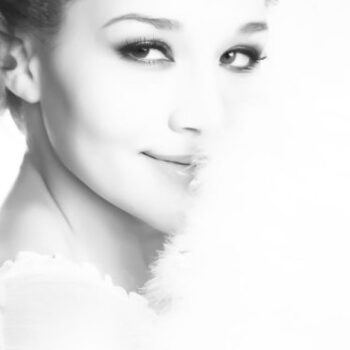
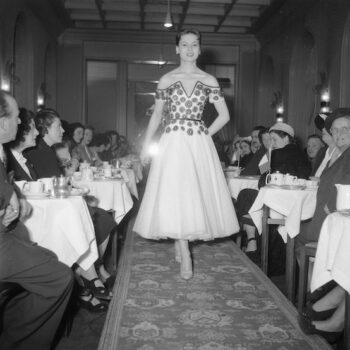
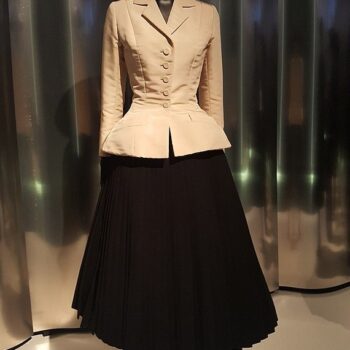
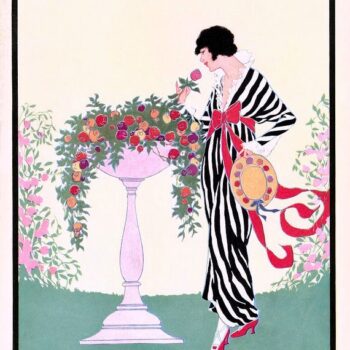
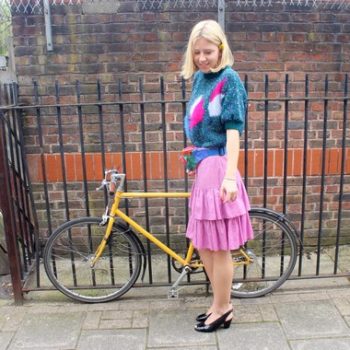
![LFWMAW18, By Philafrenzy (Own work) [CC BY-SA 4.0 (https://creativecommons.org/licenses/by-sa/4.0)], via Wikimedia Commons](https://www.blue17.co.uk/wp-content/uploads/2018/02/London_Fashion_Week_Mens_Strand_January_2017_02-350x350.jpg)
